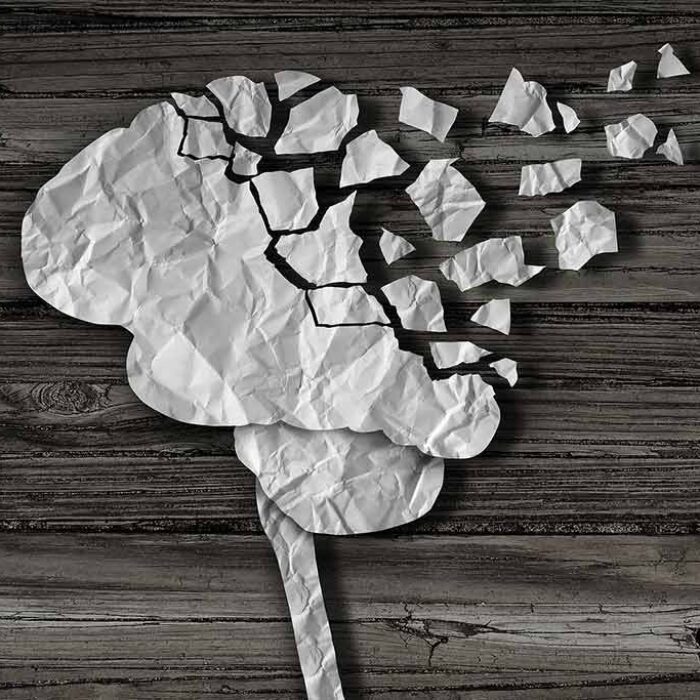Fentanyl is Fast Becoming One of the Most Abused Drugs in the US
Over the past decade, America has experienced a dangerous epidemic of heroin abuse and overdoses, partly a result and the rise of Fentanyl abuse. Fentanyl is a potent and dangerous drug, which is sadly making its way into the lives and death, of many individuals. Every day, nearly 100 Americans fatally overdose as a result of an opioid drug. Unfortunately, Fentanyl abuse is helping escalate this tragic crisis. Although the drug is often prescribed to manage post-surgical pain and palliative care, it is also responsible for a surge of deaths in the USA and Canada.
The illicit Fentanyl sold in the streets comes primarily from China. It is imported to the U.S. and Canada via mail or drug cartels. According to the DEA, one kilogram in China costs $3,000 to $5,000 and generates over $1.5 million in revenue through illegal sales in the U.S. Deaths from fentanyl tripled from 2013 to 2015. Furthermore, those numbers are likely underestimating the real tragedy. Not all medical examiners tests for fentanyl and many death certificates is not specific to the drugs involved.
What Makes Fentanyl Abuse so Dangerous?
There are two primary reasons why Fentanyl is dangerous:
- Fentanyl is a potent drug. According to the Centers for Disease Control and Prevention (CDC), Fentanyl is 50 times more powerful than heroin and up to 100 times more potent than morphine. It has been in medical settings since the 1960’s as a way to treat extreme pain. Fentanyl was approved for medical use in the United States in September 2006. Due to its potency, the drug is widely sold by street dealers.
- Fentanyl-laced drugs. For instance, someone who is illegally buying heroin might later discover that Fentanyl was also present. This often happens without the user’s knowledge.
Fentanyl Abuse Side Effects and Overdose Risk
Sadly, many individuals struggling with addiction to opiates are explicitly seeking Fentanyl. In fact, next to prescription pain pills and heroin, Fentanyl is becoming the next opiate trend. Those bringing the drug into the country have found a way to make Fentanyl cheaper and more efficient than heroin. Due to the increased demand, there is also an increasing attention to manufacturing efforts. The drug is spreading in the streets, at an alarming rate.
Increased production and availability of Fentanyl leads to more Americans experiencing dangerous side effects as well as the potential risk of overdose.
Fentanyl produces high levels of dopamine in the brain, providing states of euphoria and relaxation. The drug binds to the brain’s opioid receptors, which are found in areas of the brain that control pain and emotions. As a result, this can cause a person to feel good both physically and emotionally.
The following is a partial list of the potential side effects that a Fentanyl user may experience:
- drowsiness
- nausea
- confusion
- constipation
- sedation
- tolerance
- addiction
- respiratory issues
- unconsciousness
- coma
Public health officials did not initially make the connection between opiate overdoses with the presence of Fentanyl in a person’s body. However, as they examined spikes of emergency room visits and overdoses, they recognized that many deaths were due to the use of Fentanyl. In 2006, public health officials began to notice that Fentanyl abuse was rapidly becoming responsible for more and more deaths.
Opioid Tolerance, Dependence, and Addiction
In addition to potential overdose, another danger of Fentanyl abuse is the strong possibility of experiencing the following:
Tolerance: The body and brain become more tolerant to the effect of the drug, requiring more of it to create the same “high.”
Dependence: The body and the brain become more and more dependent upon the drug, evidenced by the onset of withdrawal symptoms once the quantity and/or frequency of the drug is reduced.
Addiction: An individual loses control over their ability to stop using the drug. As a result, they may use Fentanyl compulsively and spend large amounts of time engaged in drug-related activities to the point of neglecting social, academic, or familial responsibilities.
Medical versus Non-Medical Uses
Fentanyl has historically been used in medical settings to treat extreme pain. It can be administered by injection, a patch worn on the skin, or via oral lozenges. As a prescription drug, it is known by the following names:
- Duragesic
- Onsolis
- Fentora
- Abstral
- Actiq
- Submlimaze
- Matrifen
- Haldid
- Onsolis
- Instanyl
- Lazanda
Even when used medically, the Food and Drug Administration (FDA) has identified cases where the drug turned out to be deadly. The FDA also issued a warning that Fentanyl can be fatal to children.
When used non-medically, Fentanyl is often mixed with street drugs, marketed as heroin, or sold directly. The drug can be available powder form, tablets, or combined with or substituted for heroin. Its street names include:
- Tango and Cash
- TNT
- Apache
- China White
- China Girl
- Dance Fever
- Murder 8
- Friend
- Goodfella
- Jackpot
Treatment for Fentanyl Abuse
A person who wishes to get treatment for Fentanyl addiction will need to take serious precautions. First, detoxification from the drug will need to happen under medical care. Medical detox will likely include the use of medications which can safely manage the withdrawal symptoms.
One of the best ways to help prevent Fentanyl abuse is to provide the public with the proper awareness and education. It is crucial to understand the potency and fatality risks of this drug.
Those affected by the country’s recent opiate epidemic have been those that do not match the stereotypical image of someone addicted to heroin. Therefore, education in middle and upper-class communities is necessary to help prevent the tragic and continuous loss of lives.
If you find yourself struggling with this type of addiction, call for help today. Doing so may save your life.Don’t become another statistic, get help now!














